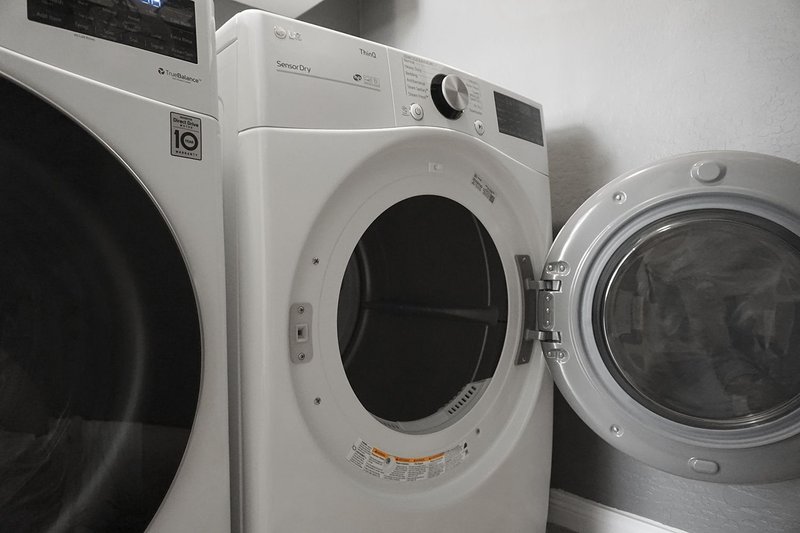
In essence, error code F2 is your dryer’s way of raising a tiny red flag and saying, “Hey, something’s off here!” It’s akin to your car’s check engine light popping on when something isn’t quite right under the hood. Don’t worry; it’s not the end of the world—or your dryer. But understanding what causes this error can be the first step toward getting your laundry routine back on track. So, why not arm yourself with a little bit of know-how to tackle this hiccup?
Understanding Error Code F2
Before diving into the nitty-gritty of what causes this error, let’s start with what error code F2 really signifies. In the world of LG dryers, each shiny new model is equipped with a sophisticated set of sensors and programming designed to ensure your clothes come out perfectly dry, every time. When any of these components falter, the system throws up a code to help diagnose the issue, much like how a doctor diagnoses a patient with symptoms.
With the F2 error, your dryer is essentially saying there’s a fault in the temperature sensor. Think of this sensor as the thermostat for your dryer—it gauges how hot things are getting inside. If it’s not functioning properly, your dryer can’t accurately regulate the heat, which is crucial for drying your clothes. A faulty temperature sensor might lead the machine to heat too much or too little, which is why the error code comes to the rescue, alerting you before any real damage occurs.
Here’s the deal: when you see that F2 code, it’s a sign that the dryer needs a bit of attention. Ignoring it might result in improperly dried clothes or worse, potential damage to your dryer. So, what’s next? Let’s explore what could be causing this pesky error.
Causes of Error Code F2
You might be wondering, “Why is my temperature sensor acting up?” There are a few common culprits for the F2 error code, ranging from simple fixes to parts that may need replacing. By understanding these causes, you can better diagnose and maybe even fix the problem yourself.
First, consider the sensor itself. Over time, the temperature sensor can become faulty. It might be due to wear and tear, exposure to extreme temperatures, or simply a manufacturing defect. Just like a faulty thermometer gives inaccurate temperature readings, a bad sensor can mislead your dryer’s system about the actual heat level inside.
Another potential issue is the wiring. The connections between the sensor and the main control board might be loose or corroded. Imagine trying to listen to a song with a frayed headphone wire—what you hear isn’t what was intended. The same thing happens with your dryer; poor connections can disrupt accurate signal transmission from the sensor.
Lastly, the main control board itself could be the root of the problem. It’s the brain of your dryer and if it starts malfunctioning, it can misinterpret signals from the sensor, leading to unnecessary issues such as error codes.
What to Do Next?
Now that you know the common causes of the F2 error, you have a roadmap for addressing the issue. But how do you turn that knowledge into action? A good starting point is to consult your dryer’s manual; it might offer specific troubleshooting steps for this error. Check if the sensor is visibly damaged or if the wiring needs a tweak. Sometimes a simple adjustment or cleaning can set things right.
If you’re not comfortable tinkering with the dryer yourself, or if these steps don’t resolve the issue, it might be best to contact a professional technician. A trained expert can safely diagnose and fix the problem, ensuring your dryer is running smoothly again without the risk of causing further damage.
In terms of prevention, consider regular maintenance checks, keeping sensors clean, and ensuring that your dryer’s settings align with the loads you’re drying. This can help extend the life of your appliance and avoid future hiccups.
So there you have it—a beginner-friendly breakdown of what those cryptic F2 error codes mean for your LG dryer, and how to tackle them like a pro. Here’s to more smooth laundry days ahead!